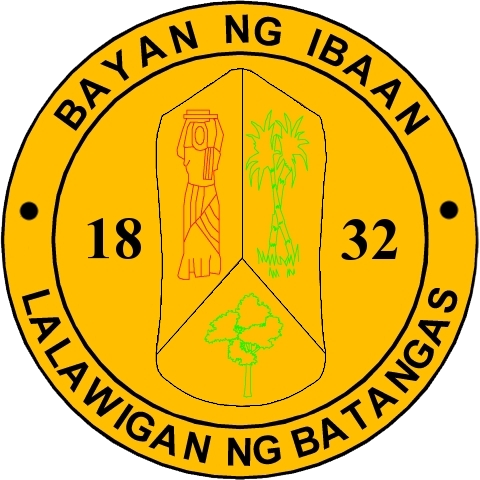WHAT IS AN EARTHQUAKE?
An earthquake is a weak to violent shaking of the ground produced by the sudden movement of rock materials below the earth’s surface.
The earthquakes originate in tectonic plate boundary. The focus is point inside the earth where the earthquake started, sometimes called the hypocenter and the point on the surface of the earth directly above the focus is called the epicenter.
There are two ways by which we can measure the strength of an earthquake: magnitude and intensity. Magnitude is proportional to the energy released by an earthquake at the focus. It is calculated from earthquakes recorded by an instrument called seismograph. It is represented by Arabic Numbers (e.g. 4.8, 9.0). Intensity on the other hand, is the strength of an earthquake as perceived and felt by people in a certain locality. It is a numerical rating based on the relative effects to people, objects, environment, and structures in the surrounding. The intensity is generally higher near the epicenter. It is represented by Roman Numerals (e.g. II, IV, IX). In the Philippines, the intensity of an earthquake is determined using the PHIVOLCS Earthquake Intensity Scale (PEIS).
TYPES OF EARTHQUAKE
There are two types of earthquakes: tectonic and volcanic earthquakes. Tectonic earthquakes are produced by sudden movement along faults and plate boundaries. Earthquakes induced by rising lava or magma beneath active volcanoes is called volcanic earthquakes.
EARTHQUAKE MONITORING SYSTEM
At present, PHIVOLCS operates 108 (as of December 2020) seismic monitoring stations all over the Philippines. These stations are equipped with seismometers that detect and record earthquakes. Data is sent to the PHIVOLCS Data Receiving Center (DRC) to determine earthquake parameters such as magnitude, depth of focus and epicenter. Together with reported felt intensities in the area (if any), earthquake information is released once these data are determined.
GROUND RAPTURE
Deformation on the ground that marks, the intersection of the fault with the earth’s surface.
Effects: fissuring, displacement of the ground due to movement of the fault

A continuous fault scarp of the North Bohol Fault in Brgy. Anonang, Inabanga, Bohol
GROUND SHAKING
Disruptive up, down and sideways vibration of the ground during an earthquake.
Effects: ground shaking are damage or collapse of structure; may consequently cause hazards such as liquefaction and landslide

Hyatt Terraces Hotel in Baguio City collapsed during the 16 July 1990 Luzon Earthquake.
LIQUEFACTION
Phenomenon wherein sediments, especially near bodies of water, behave like liquid similar to a quicksand.
Effects: sinking and/ or tilting of structure above it; sandboil; fissuring

Gasoline tank pops out in Dagupan City due to 'liquefaction'
TSUNAMI
Series of waves caused commonly by an earthquake under the sea.
Effects: flooding; coastal erosion; drowning of people and damage to properties

Damaged jeep due to tsunami during the 1976 Moro Gulf earthquake
